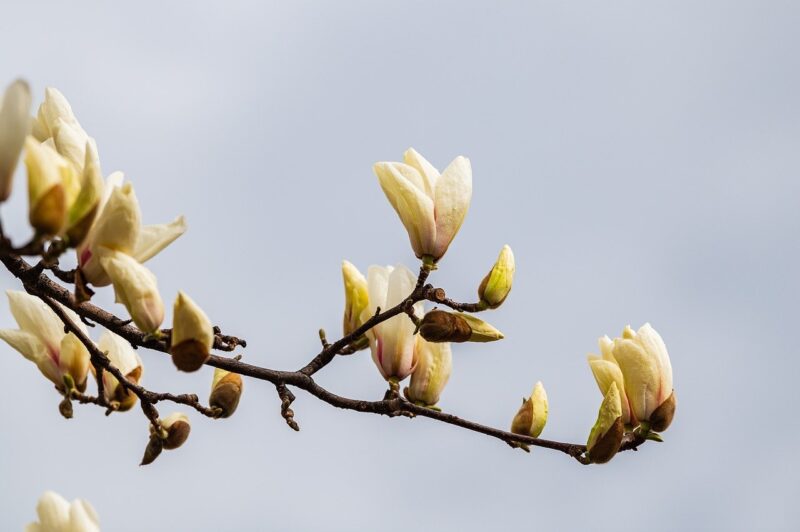
Contemporary art is a dynamic and evolving form of expression that encapsulates current societal themes, concerns, and issues. Among the most pressing topics today is the environment. Artists are not only reflecting their views on environmental issues but are also engaging the public, sparking dialogue, and inspiring change through their work. Whether it’s critiques of consumer culture, climate change, or the human impact on nature, contemporary art serves as a powerful medium for discussing these critical subjects.
1. The Rise of Environmental Art
While artists have addressed environmental themes for decades, the late 20th and early 21st centuries have seen an explosive rise in what is now commonly referred to as environmental art. This movement has emerged in response to growing concerns about climate change, pollution, deforestation, and loss of biodiversity. Artists are using their creativity to respond to these urgent issues, fostering awareness and encouraging action through various forms and disciplines.
Recent movements have included:
- Eco-art: This genre sees artists creating works that directly involve natural materials or respond to environmental degradation.
{|} Examples include installations made from recycled materials and projects that engage communities in environmental restoration efforts. - Activist art: Many artists are not just observers but activists who utilize their art to advocate for specific environmental causes. Whether it’s climate strikes, protests, or public installations, their work overlaps with civic action.
The combination of environmental activism and contemporary art has the potential to reach audiences emotionally, providing impactful imagery and narratives that inspire viewers to reflect on their own relationship with nature.
2. Key Themes in Contemporary Environmental Art
Contemporary environmental art often encapsulates several key themes, each reflecting different aspects of the human-nature relationship. Here are a few notable themes:
2.1. Nature’s Fragility
Artists like Andy Goldsworthy utilize organic materials to create ephemeral works that speak to nature’s beauty and fragility. By using elements such as leaves, stones, and ice, Goldsworthy highlights the delicate balance of ecosystems, emphasizing how quickly nature can change or disappear with human intervention.
2.2. Human Impact on the Environment
Many contemporary artists address the negative consequences of industrialization, pollution, and climate change. For instance, Chris Jordan’s series “Running the Numbers” visually communicates the sheer scale of waste and consumption through large-format photography, compelling viewers to confront the harsh realities of material excess.
2.3. Climate Change Actions
Artworks that reflect climate change often blend art with technology. For example, the Climate Art initiative inspires artists to use data science in their work, visualizing climate change effects and promoting community engagement in sustainability. Their installations, which may include interactive elements, educate and inspire audiences to think critically about our planet’s future.
3. Examples of Influential Contemporary Environmental Artists
Several contemporary artists have made impactful contributions to environmental awareness through their work. Here are a few notable figures:
3.1. Olafur Eliasson
Known for his large-scale installation works, Eliasson often focuses on humans’ relationship with the natural world. His piece “The Weather Project,” installed in the Tate Modern, challenged visitors to think about climate change and our impact on the environment by creating a simulated sun indoors. Eliasson’s works often encourage viewers to engage with nature directly and reconsider their place within it.
3.2. Agnes Meyer-Brandis
Meyer-Brandis is known for her projects that combine art, space exploration, and environmental issues. Her “Lunar Base” project, exploring humanity’s relationship with other worlds, raises questions about ecological ethics and sustainable practices in the exploration of outer space. By expanding the conversation beyond Earth, her work emphasizes the need for a sustainable future, both on our planet and beyond.
3.3. Nils-Udo
A pioneer of Land Art, Nils-Udo creates site-specific works that integrate natural materials into their environments, often transforming landscapes into temporary art pieces. His immersive approach engages viewers in a direct experience of nature, prompting reflection on human impacts on outdoor spaces and the importance of conservation.
4. The Role of Art Institutions in Promoting Environmental Conversations
Art institutions play a pivotal role in amplifying the environmental messages conveyed through contemporary art. Galleries, museums, and cultural organizations increasingly curate exhibitions focused on eco-conscious themes, making connections between art and critical environmental discourse.
Examples include:
- Green Museums: Institutions like the Museo del Mundo in Lima emphasize sustainability by implementing green building practices and showcasing eco-artworks, fostering public awareness and participation in environmental protection efforts.
- Art for Change Initiatives: Programs that encourage artists to create works addressing climate justice, biodiversity, and sustainability, providing a platform for environmental advocacy and awareness.
By hosting impactful exhibitions and providing resources for artists, art institutions foster community engagement, facilitating discussions around environmental issues and policies.
5. The Future of Environmental Art
As contemporary art continues to evolve, the integration of technology and multimedia will likely further enhance the role of art in environmental discourse. Artists will continue pushing boundaries and exploring new mediums to communicate the urgency of environmental issues.
One emerging trend is the rise of virtual and augmented reality applications in art, allowing audiences to immerse themselves in fantastical environmental narratives, experiencing firsthand the impacts of climate change or pollution. Such innovations may facilitate heightened empathy, encouraging viewers to take action further to protect the environment.
Additionally, as global ecological challenges intensify, artists may increasingly collaborate with scientists and environmentalists to create interdisciplinary projects, bridging gaps between art, science, and activism.
Conclusion
Contemporary art plays a crucial role in reflecting, interpreting, and engaging with environmental issues. Through creative expression, artists provoke thought, inspire change, and foster a deeper understanding of the complex relationship between humanity and the natural world. The power of art lies in its ability to bridge divides, connect individuals, and galvanize collective action toward a sustainable future. As we face intricate ecological challenges, the contributions of contemporary artists will remain vital in shaping our responses and envisioning new paths to ecological harmony.






